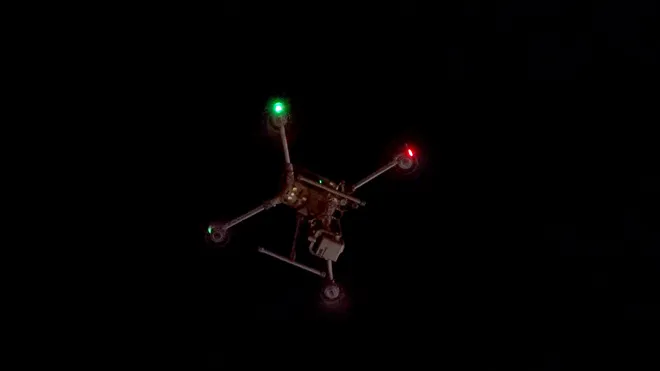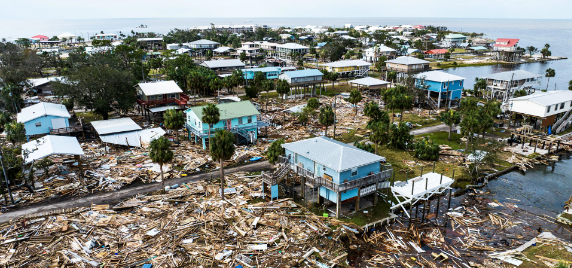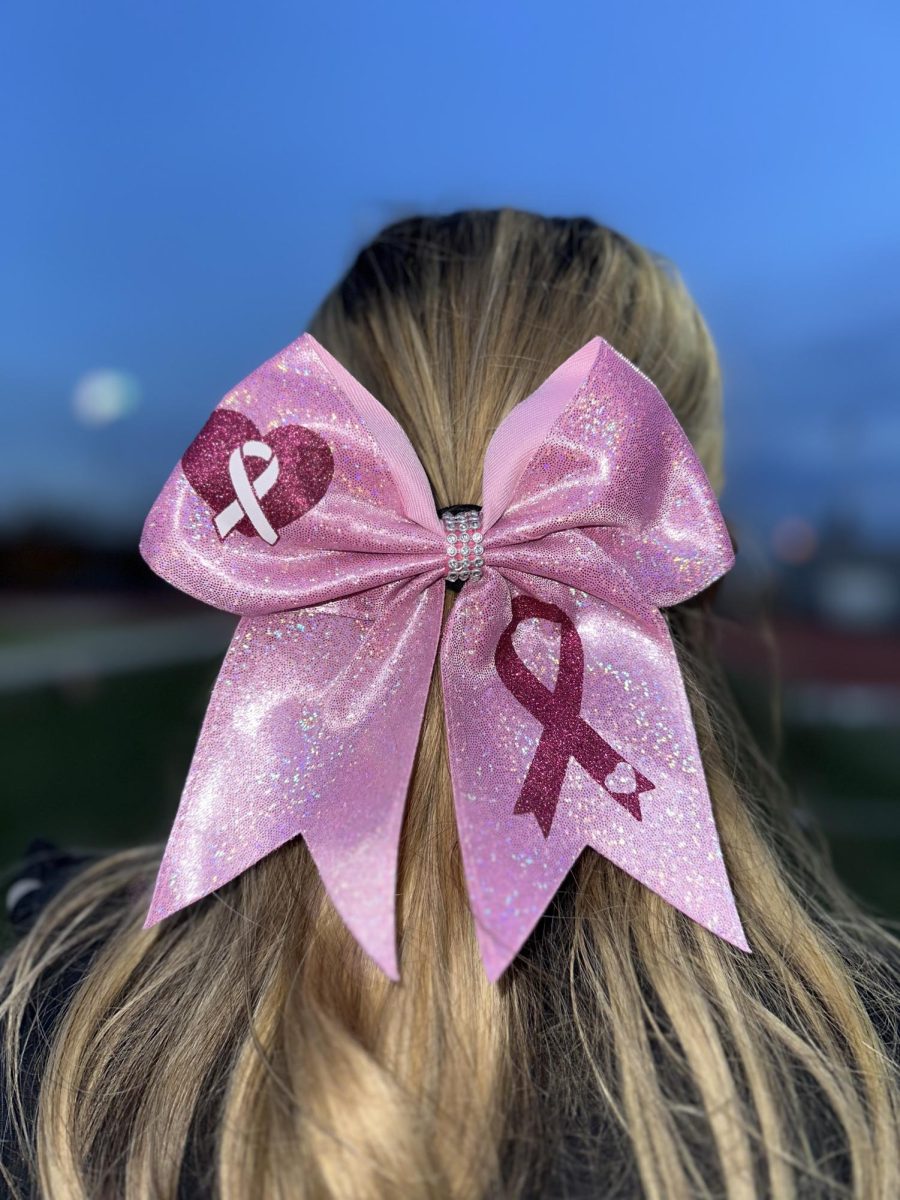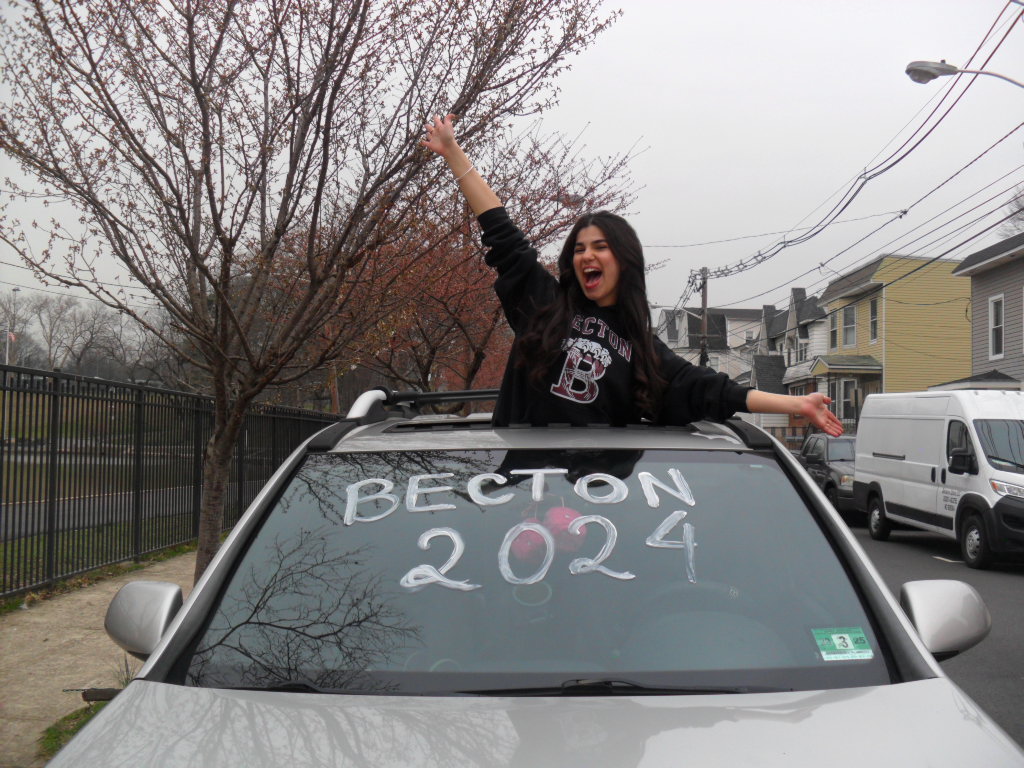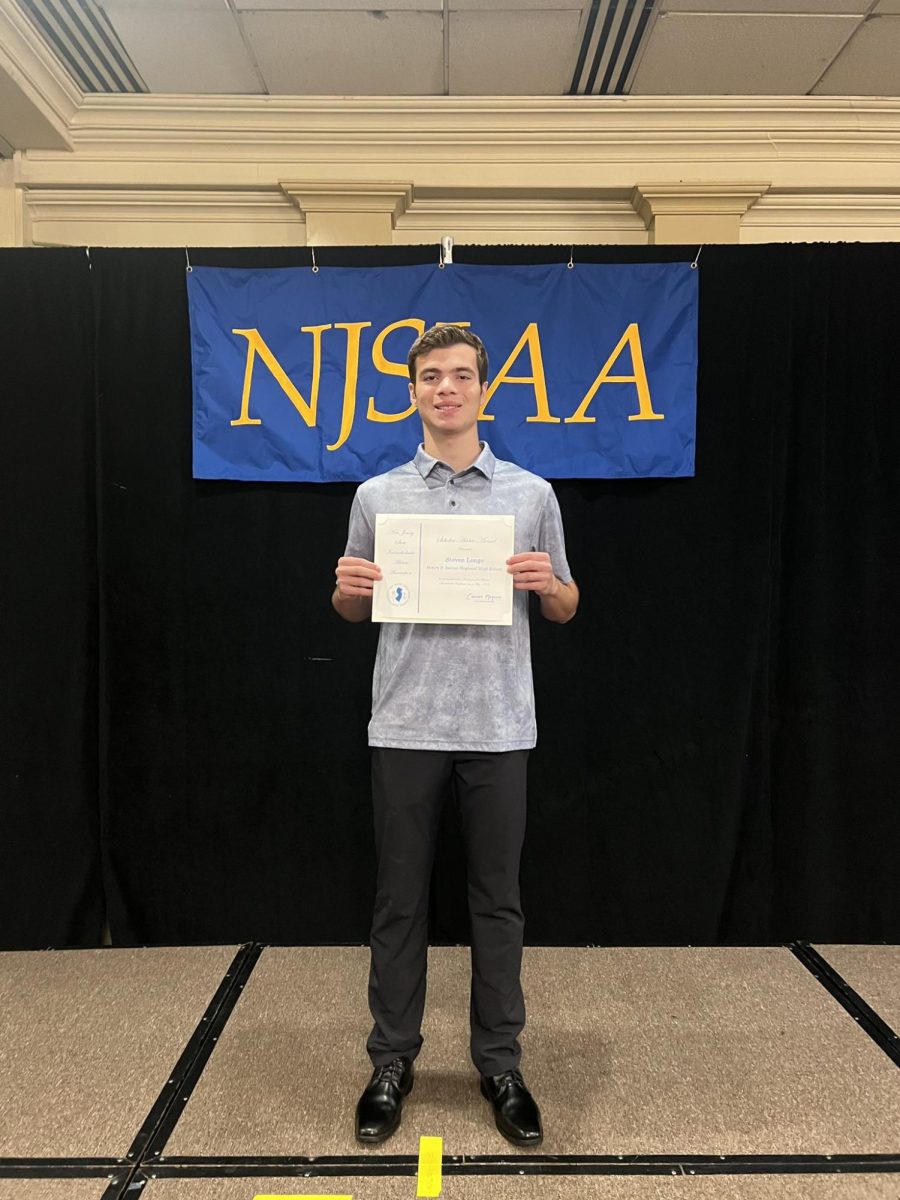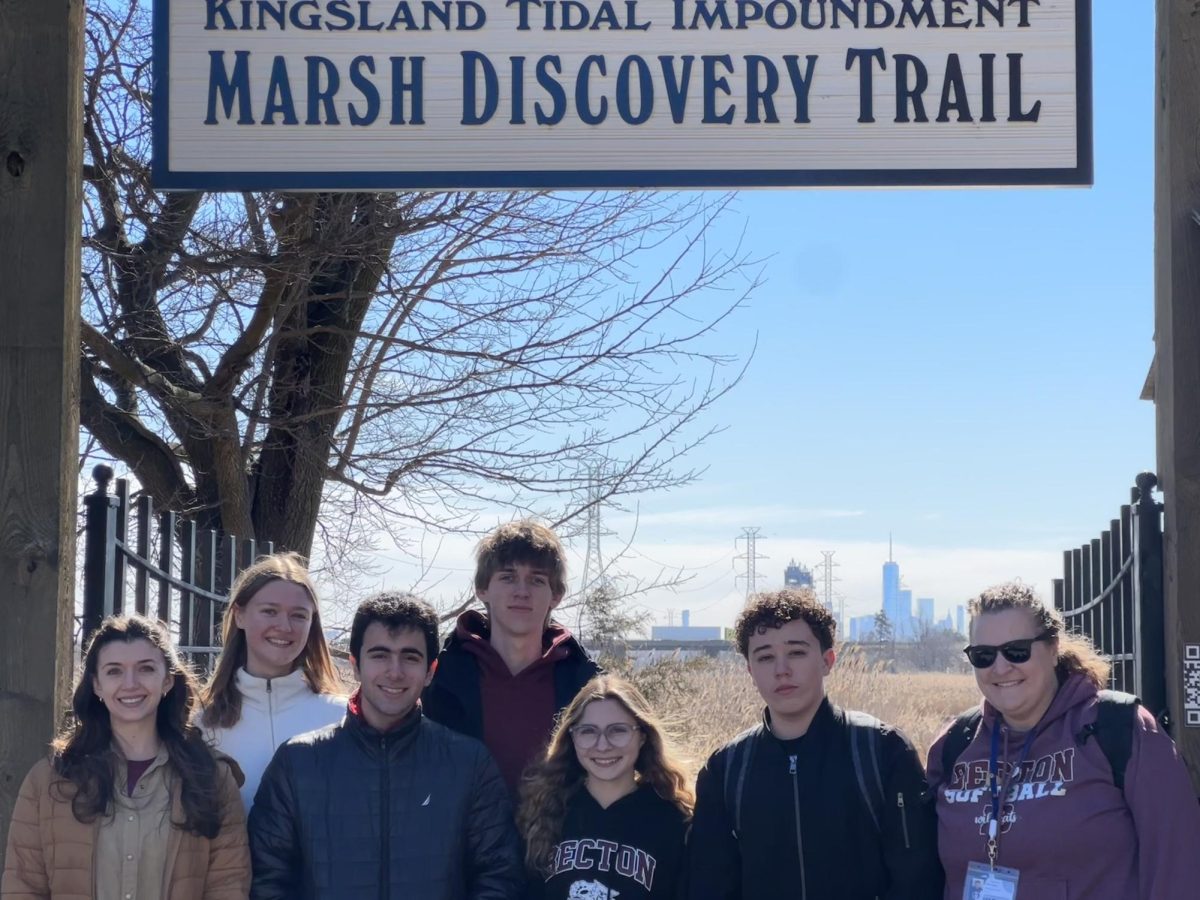New Jersey has been experiencing one of the worst fire seasons in its history, with the New Jersey Forest Fire Service reporting that they have responded to over 537 wildfires that were all reported since only Oct. 1.
An increased amount of wildfires happening around this time is not uncommon. In general, the highest risk of wildfires in New Jersey occurs at the end of spring or in the fall, due to warming weather and stronger winds in April and May, and dry leaves falling in October and November.
However, climate change has had a significant detrimental effect on these fire seasons, as it causes irregular warm weather all year long, as well as exacerbating weather conditions to fluctuate from extreme dry spells to extreme storms.
New Jersey has been held in thrall to one of these extreme dry spells since as long as August due to a stubborn atmospheric pattern that has caused a bubble of high pressure over the region, producing clear skies and dry air, along with warding off low pressure systems that contain rain. This led to a drought warning being announced by New Jersey Gov. Phil Murphy and the state Department of Environmental Protection on Nov. 13.
These conditions, as well as New Jersey’s status as the most densely-populated state in the US, have all come together to create a perfect storm to cause the recent proliferation of wildfires since October, a 1300% increase from last year during the same period. “It’s rather remarkable the number of fires that have erupted in this state, and elsewhere outside of New Jersey in the local areas, in the last couple of weeks,” said David Robinson, New Jersey State Climatologist at Rutgers University.
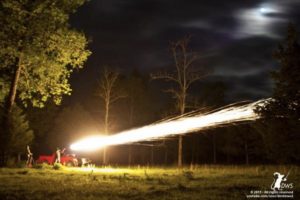
Some of the most notable fires include:
- The Jennings Creek Fire: Of all the fires this month, the Jennings Creek Fire in Sterling Forest was undoubtedly the worst. First reported on Nov. 9, this fire has burned over 5,300 acres of NJ and NY, and was the only recent NJ fire to cause a fatality: an 18-year-old New York Park Service Aide, Dariel Vasquez, who died when a tree fell on him while he was fighting the fires. On Nov. 18, after more than a week of battling the blaze, the fire was reported to be 90% contained.
- Shotgun Wildfire: A fire that was intentionally started at the Central Jersey Rifle Range in Ocean County on Nov. 6. Richard Shashaty, 37, of Brick Township confessed to firing magnesium shards of a Dragon’s Breath 12-gauge shotgun round that ignited a fire in the southwest corner of the rifle range. The ammunition, used mostly for show purposes, is prohibited in the State of New Jersey. Shashaty was charged with arson and firearms violations for starting the Shotgun Wildfire that burned across 350 acres.
- The Industrial Parkway Fire: A fire that got its spark on Oct. 26 from a simple brush fire ignited near the 7 Industrial Parkway near the Okner Sports Complex in Livingston Township, Essex County and soon evolved into a 192-acre blaze that had firefighters from 27 departments across Essex and Morris counties working to fight it at its height. The Industrial Parkway Fire was announced as 90% contained only a few days after ignition, though the local fire departments said that residents may still be affected from the haze of smoke.
- The Bethany Run Wildfire: Started on Nov. 7, with the ignition point near the Camden County/Burlington County line near Evesham Township and burned through 360 acres before it was contained on the following day.
- Cannonball 3 Wildfire: A blaze started on Nov. 8 near Cannonball Road in Pompton Lakes. Passaic County and about 55 structures were threatened. Before it was fully contained on Nov. 10, it burned through approximately 181 acres and was reported to have caused some visibility problems from its smoke layer on nearby routes, which are slowly abating.
- Other fires include:
- The Pheasant Run Wildfire in Glassboro
- The Englewood Cliffs Wildfire in Bergen County
- The Lakewood Country Club fires in Ocean County
- The Craigmeur Lookout Wildfire in Morris County
- The Wharton Forest fire and the Hayes Mill Wildfire, both in Camden County
- The Tea Time Hill Wildfire in Burlington Country
- The Halloween Fire in Cumberland County
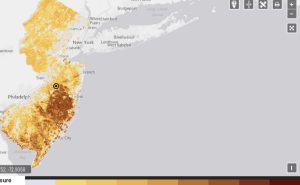
In terms of firefighting, the term “contained” does not mean that the fire has stopped burning, but rather that firefighters have been able to establish a barrier of 20-30 around the fire to stop it from spreading further. However, there is likely to still be a layer of smoke above the affected areas and possibly even embers that are still burning until significant rainfall fully clears it away. Consistent favorable weather conditions, such as rain or even winds without any sudden change are necessary to make sure that the fire remains contained.
With the recent rainfalls, conditions have improved quite a bit, although Mat Gerbush, assistant state climatologist at Rutgers University warns that it “won’t erase the drought issues on its own without additional regular precipitation in the following weeks or months,” but that it is a start, and “at least provides an opportunity to start clawing out from the deficits.” New Jersey’s reservoirs are still at historically low levels, after all, with some reservoirs being at the lowest that they have been since their construction, and it will take a while for them to fully recover.
Restrictions that had been in place all over the state, such as the constraints on starting fires in wooded areas unless they’re on an elevated platform, have been lifted. Despite the light starting to emerge at the end of the tunnel, the NJ Forest Fire Service still advises caution, and asked in an X post that New Jersey residents “do not become complacent and continue to be careful when using fire.”
Sources: https://www.cbsnews.com, https://www.nj.com , https://www.usatoday.com, https://www.app.com, https://wpdh.com. https://www.nbcnews.com https://www.nj.com, https://www.njspotlightnews.org, https://thelocalgirl.com, https://www.drought.gov, https://newjerseymonitor.com, https://www.facebook.com




